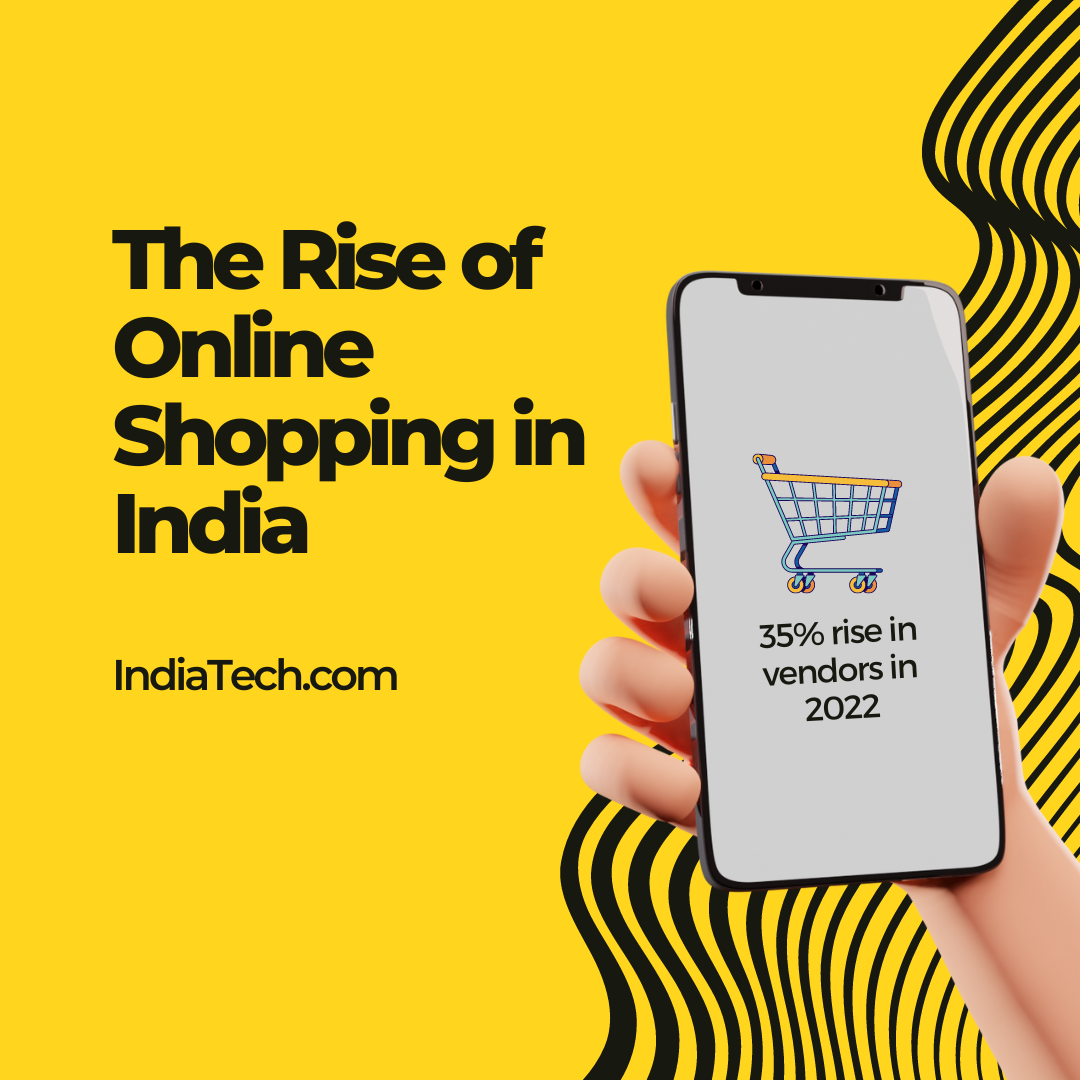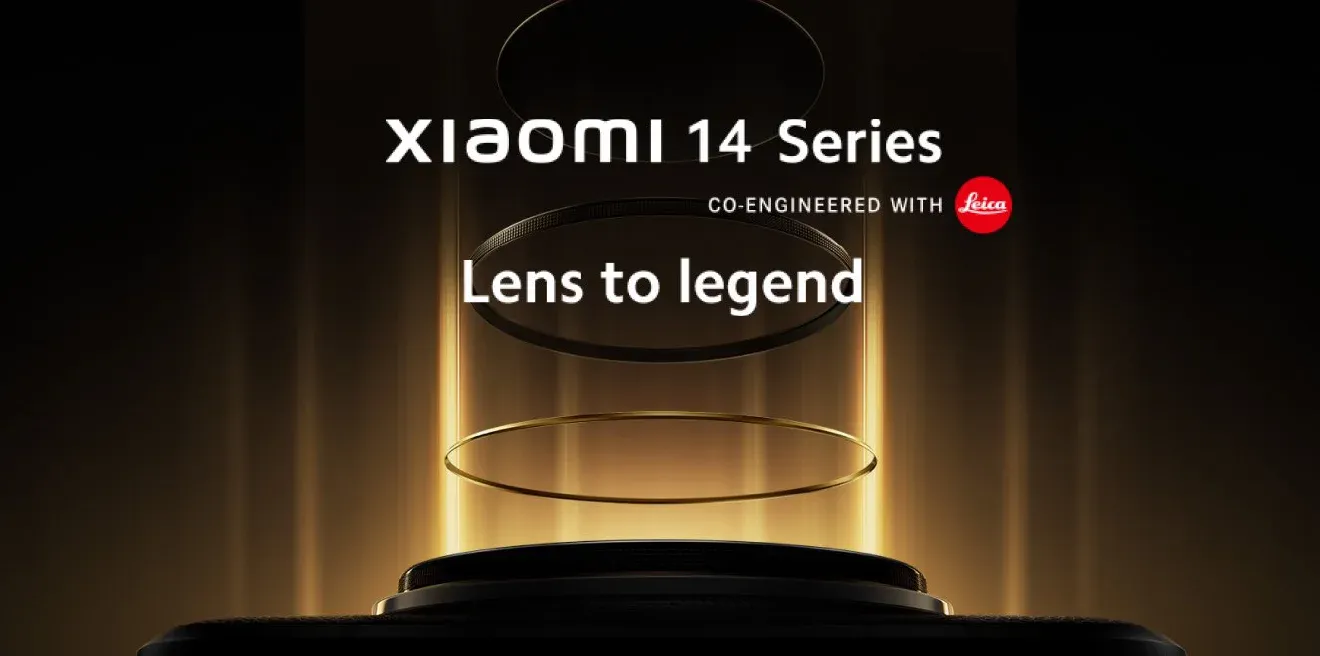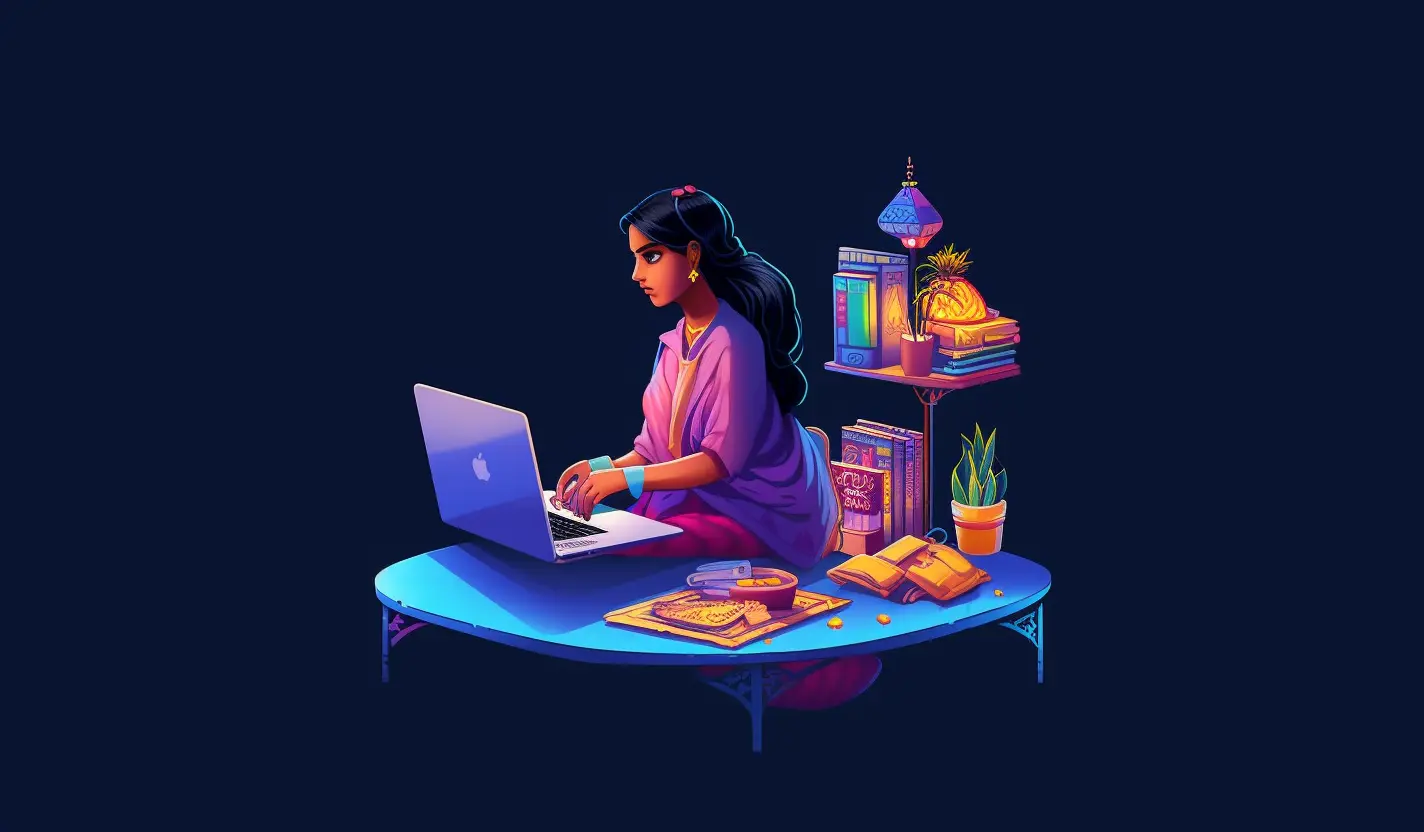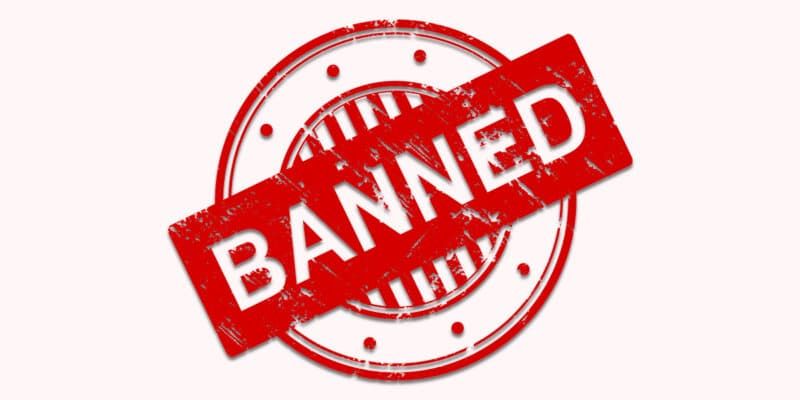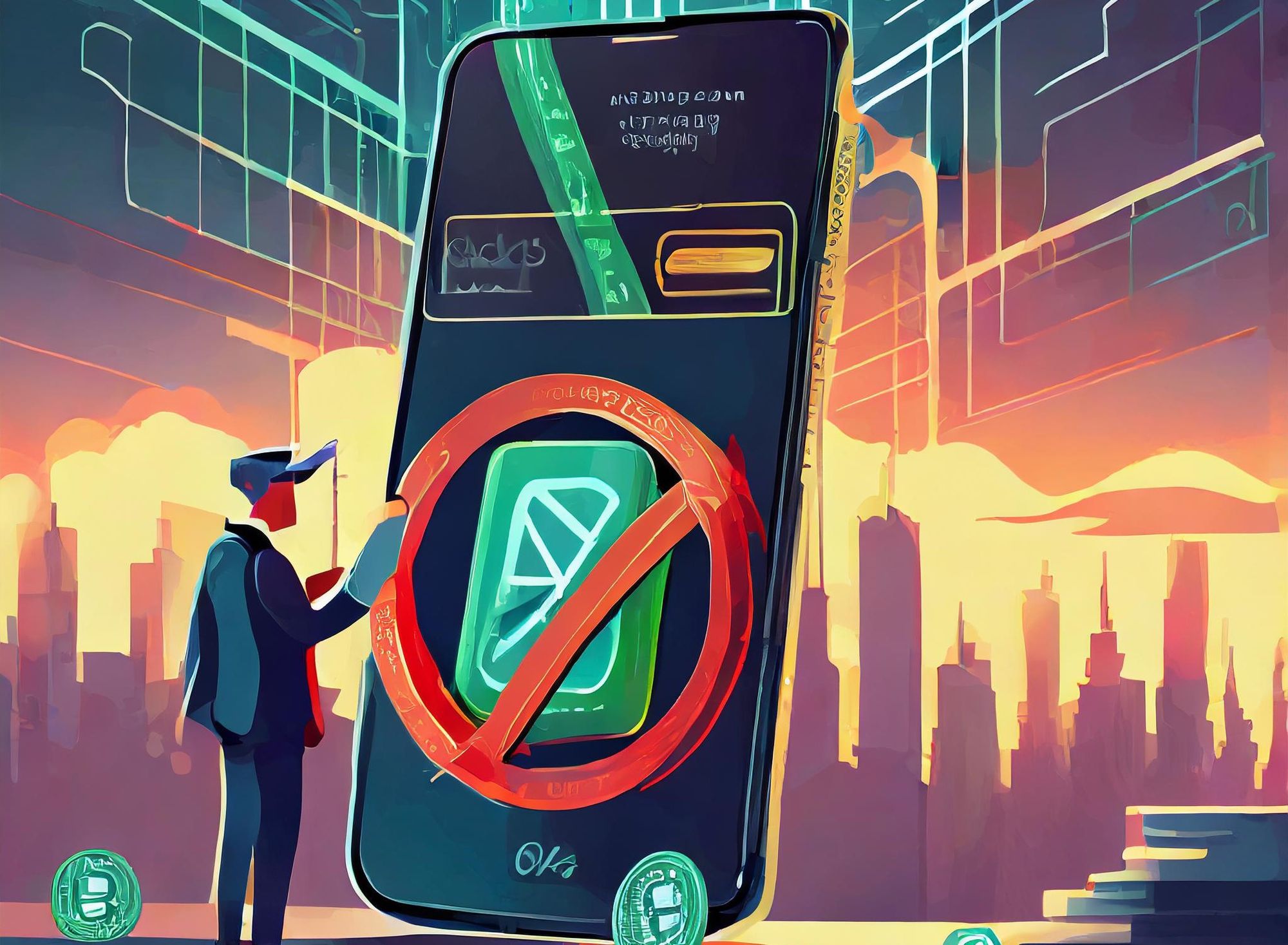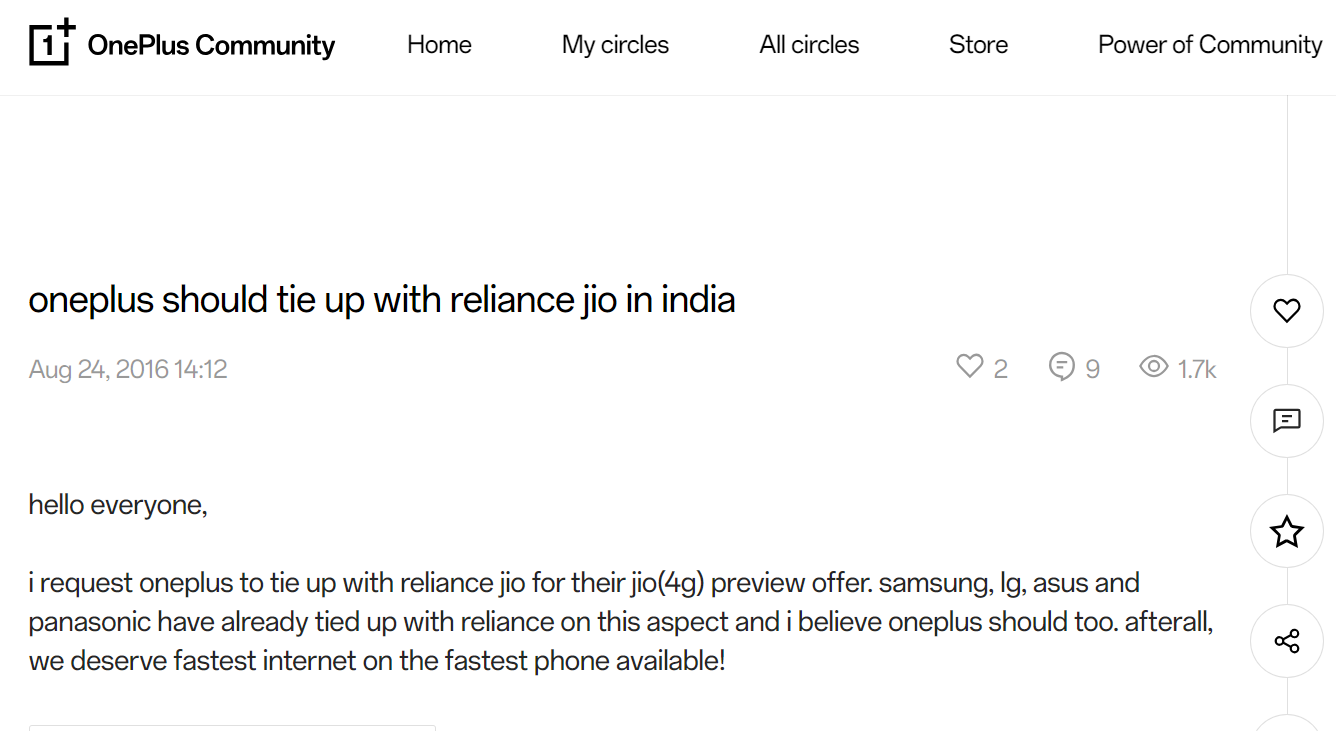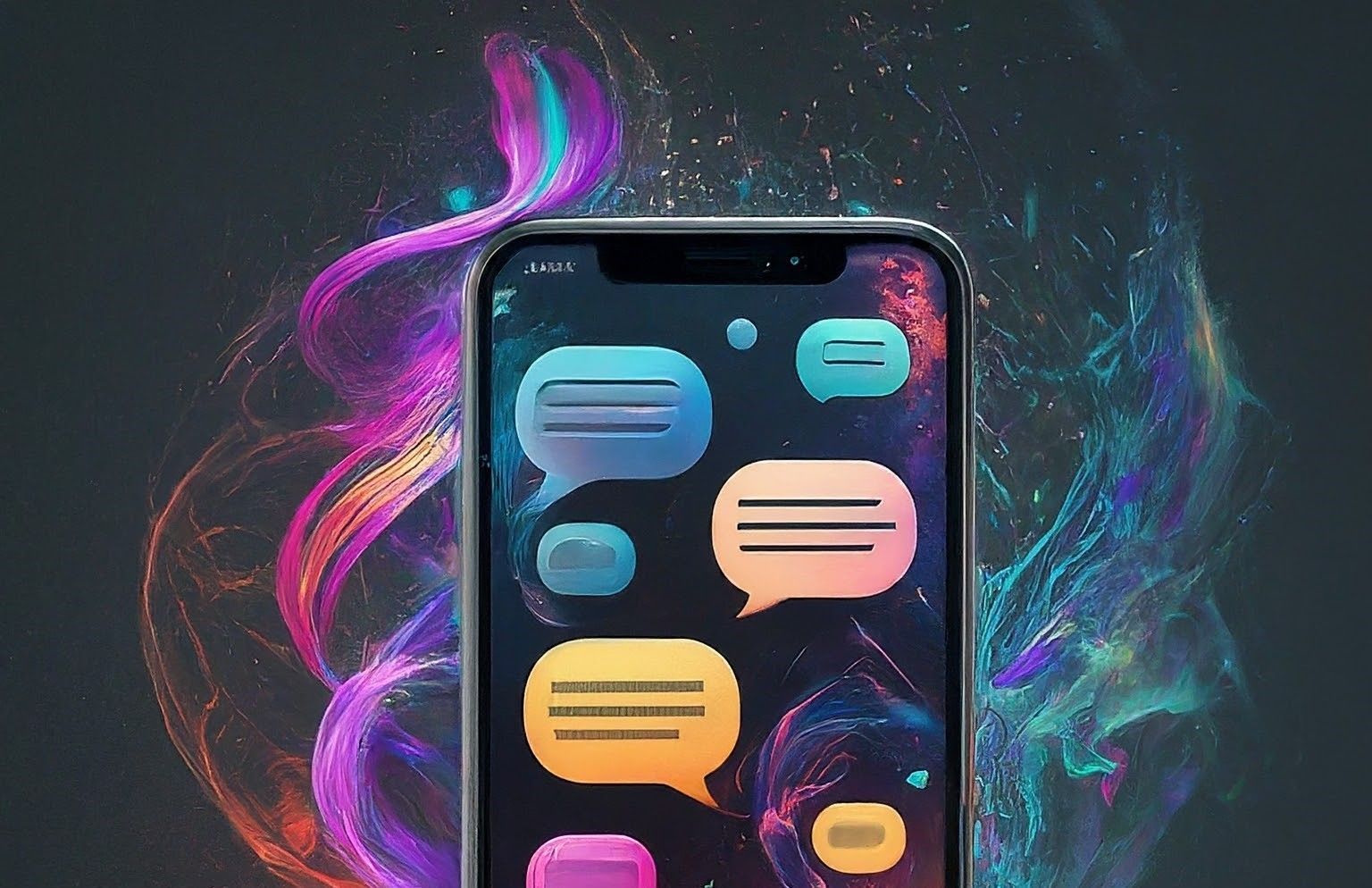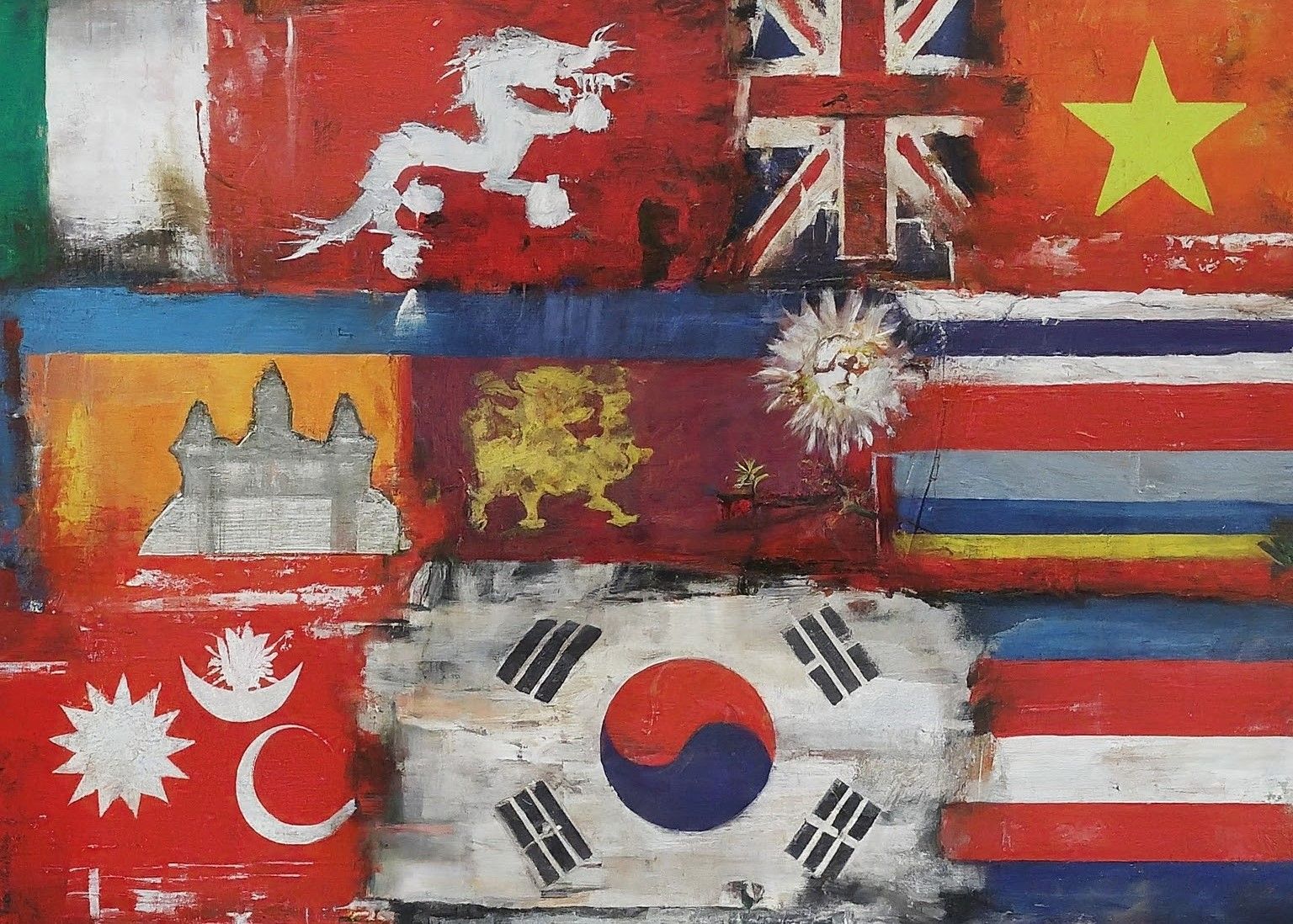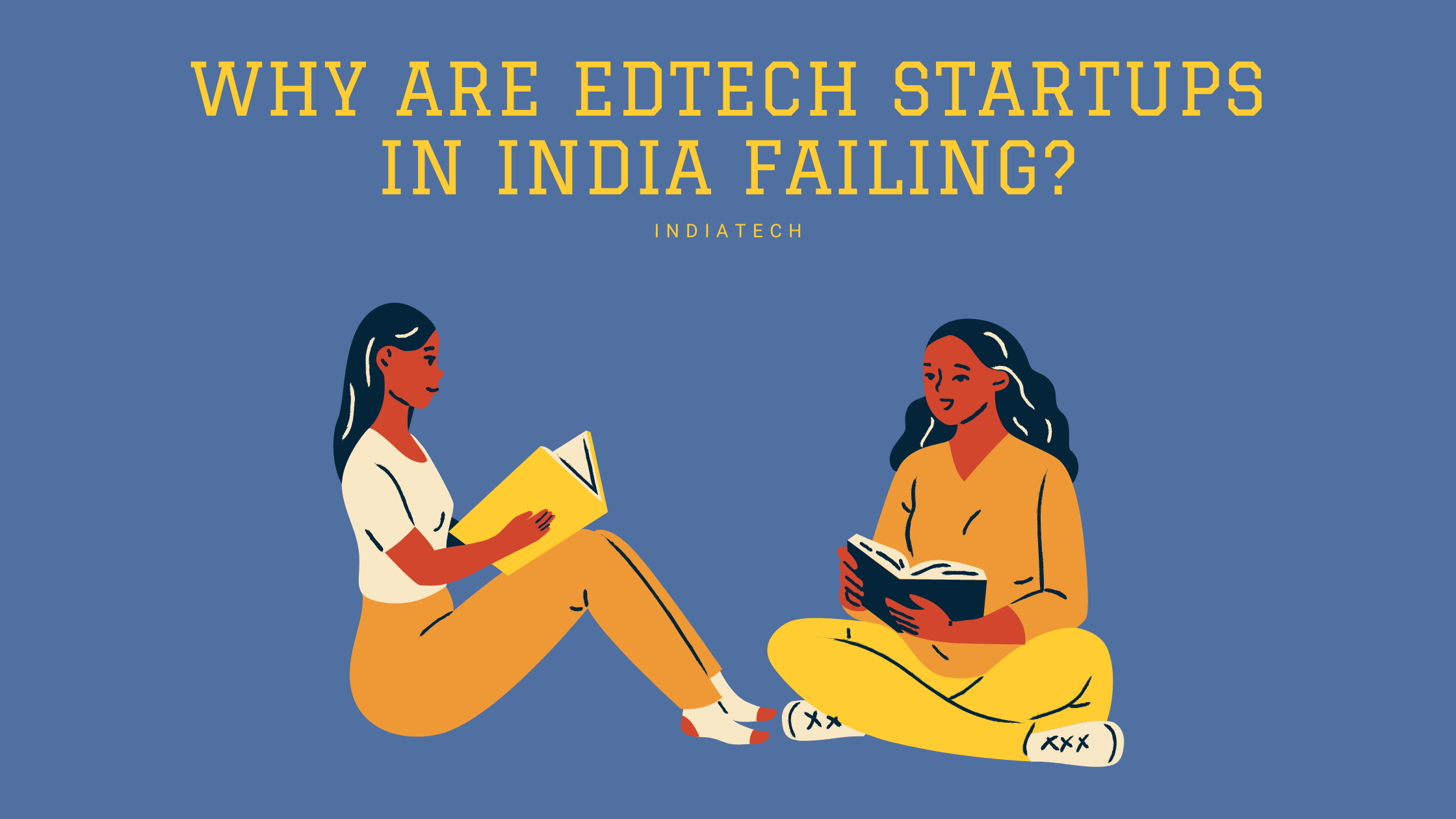Table of contents
Online shopping in India continues to grow rapidly, featuring a 35% rise in online vendors in the last year alone, with over 40% coming from tier II and smaller cities, marking a significant developmental milestone for the country.
The government is also aware of the growing advantages of online shopping in India for customers and retailers. With the Open Network for Digital Commerce (ONDC) launch, it is also on a mission to democratize eCommerce.
Before 2015, most eCommerce shoppers were from upper-income populations in metro and Tier I cities; now, three out of every five customers are from Tier II and other rural regions. This proportion is expected to escalate in the coming years.
This is also due to the expansion of payment gateway alternatives, which include a variety of payments allowed by sellers, ranging from the traditional "cash on delivery" to wallet payments, making online shopping in India more comfortable for customers.
We have everything covered about the various payment gateway alternatives and their impact on eCommerce in India; read here (1).
Nonetheless, in their shopping experience, most online customers from tier II and tier III cities preferred voice and vernacular search. Over the last year, there has been a 5x increase in voice-search users and a 3x increase in vernacular-search users.
A new generation of digital customers is also emerging. One in every three shoppers is Gen Z, which is expected to become a significant demographic in the future of online shopping in India.
Before we move ahead, let us first grasp what online shopping is and then move on to understanding the history, current situation, and future of online shopping in India.
What is online shopping?
Online shopping means any purchase facilitated through the use of the internet. For example, a customer purchases a product or service online on a website or eCommerce rather than in a traditional offline store.
This buying trend is spreading throughout India's Tier cities, with more buyers and merchants coming from Tier II and below regions fueling eCommerce growth in India. Online shopping is one of the most critical components of what we know today as eCommerce.
But how are online shopping and eCommerce referred to?
Technically, online shopping and eCommerce are distinct concepts
eCommerce refers to the entire electronic or internet-based commerce industry. Online shopping is an eCommerce activity that involves purchasing products from a seller's website via payment gateways and transporting them via logistical solutions.
Essentially, online shopping is a subset of eCommerce.
Before delving into the fundamentals of any topic or activity, it is always necessary to distinguish the concept and clear up any misconceptions, which we did for many of you (thank us later). So, now that we are clear about it let’s move toward our topic!
Online shopping also includes searching for products on the Internet utilizing web searches and conducting online research and comparison before purchasing any product. It is currently a key pillar of the country's improved economic growth.
Retailers and entrepreneurs have fundamentally transformed how business functions and how things must be done in the commerce industry since the introduction of eCommerce and its core subset, online shopping in India.
Online shopping in India
According to a report by Bain & Company in association with Flipkart, an Indian eCommerce powerhouse (2), India's online shopping market (e-retail) is expected to rise by more than $150 billion by 2027, implying 25% to 30% average growth and a twofold of market penetration with around 9% to 10%.
In recent years, India has also seen a spike in drawing multinational enterprises to the online shopping trend. It is now the fifth-largest global hub for retail and online shopping.
Several reasons contribute to the industry's growth, including:
- Increased disposable income
- Exposure of Generation Z to foreign and quality brands
- Ease of operation and execution of business and its objectives
Even if we only consider the government's measures beginning in 2021, the retail x online shopping industry in India is in an exciting period as we enter 2023, with 2022 being a major year that we will discuss in the following segment.
The digital shift of online purchasing is already impacting, with age groups ranging from 18 to 60+ shopping online in India.
The new framework for retail digital payments, which encourages digital payments even offline, creates a more precise and effective environment for consumers to complete purchases and execute transactions.
The digital transformation has implied that the time saved in physical operations is amplified by dedicating additional resources to other business improvement areas. The central government has even authorized 100% FDI in the online shopping of products and services via an automated manner.
The government's advocacy of digital change on the frontline has been the best thing. The online shopping industry in India is just one of several industries profiting from this revolutionary innovation.
Now that we have a general understanding of online shopping in India let us go into the history and see how it all began.
History of online shopping in India
It all began in 1995, with the internet launch in India, at a stage when no one imagined such a technology would exist. It paved the way for the eCommerce voyage and online shopping in India. Let’s explore!
Online shopping in India began in 1999 with the establishment of "India Plaza," the first online shopping store in India, by K. Vaitheeswaran.
It was originally known as "Fabmall" and was established in the United States before being renamed and introduced in India.
K. Vaitheeswaran is now known as the "Father of eCommerce India" for pioneering online shopping and selling at a period when no one could have predicted such a breakthrough.
This marvel is now a part of our daily lives, and India is one of the leading countries in this domain.
K. Vaitheeswaran launched "Fabmart.com," which also had a brick-and-mortar retail chain called "Fabmall" and was eventually acquired by Aditya Birla Group and rebranded as "More."
The online venture was continued under the new name "Indiaplaza.com," but could not cope with the storm set by Flipkart and Snapdeal and was later forced to shut down in 2013.
This was something he expected to happen and was extremely excited about because it would be a technological advancement for the country, which he was quite proud of.
He predicted that more eCommerce businesses would enter the market after a few had failed, or even before that and that eCommerce in India would grow dramatically.
With the advent of "bazee.com," which was subsequently acquired by "ebay," auction-based online shopping grew even more popular, opening up various options for other startups and enterprises to experiment with their concepts.
The trend of online shopping accelerated as several new portals entered the market, including:
- MakeMyTrip (2000)
- Gadgets guru (2005)
- Yatra (2006)
- Myntra (2007)
- iBibo (2007)
- Flipkart (2007)
- Yebhi (2009)
- Snapdeal (2010)
- Craftsvilla (2011)
- Amazon India (2013)
- Meesho (2015)
Later, various browser-based home portals, such as Indiatimes.com and Yahoo.com, introduced online shopping alternatives for Indian customers.
The fact that it is more convenient, faster, and sometimes cheaper than traditional shopping qualities is the core component that has contributed to its widespread acceptance and adoption.
Online shopping has been available in India since 1999; it gained popularity when India's current largest eCommerce powerhouse, Flipkart, came onto the scene with a deep discount model.
It re-launched online shopping in India, which prompted many other portals, such as Amazon India, Jabong, Refiff, and others, to pursue Indian businesses to sell products on their platforms.
The 2000-based website featured a plethora of data on local news and events.
But as you can see, most websites today have dozens of links for shopping and marketing activities. From being read-only to read-write (market), we all evolved alongside the development of the Internet.
When Xiaomi partnered with Flipkart to sell its products in India in 2014, its Mi3 smartphone sold out in 39 minutes of being on sale on the marketplace on July 22 at noon. The company has since continued its sales strategy with Flipkart to this day.
Xiaomi's strategy was to make gadgets and mobile phones exclusively available on Flipkart and nowhere else, which increased interaction and hype for both platforms; later on, Micromax, Lenovo, and others followed and created more personalized experiences than traditional shopping in India.
This resulted in establishing India's digital eCommerce empire, with Flipkart playing a significant role in ushering in this digital revolution. Flipkart is presently known as India's leading eCommerce powerhouse.
Rise of online shopping in India
Shopping online in India was once an efficient method for selected people to shop due to fewer alternatives and pin codes and majorly accessible by metro customers with little space for smaller regions.
Previously, users could order and pay cash on delivery, a simple online shopping flow in India. Still, now everything has changed, and even there are multiple sets of payment portals, etc.
This field has been revitalized recently, attracting most customers from distinct postcodes.
Online shopping is now a trend in India, and the reason for this is as follows:
- User-oriented UI/UX of the website.
- Discounted sales.
- The introduction of platform currencies and the plurality of payment methods.
- No limit to the number of orders that can be placed along with quality proofs and fast returns/exchanges.
- Filtering and sorting product listings based on user preferences
- Free/paid logistical services available Pan India, etc.
Incorporating coupons and discounts, the introduction of referral systems, plus 1-7 day delivery periods in metro and rural areas added distinct flavours to India's online shopping and eMarket, propelling the eCommerce sector to new heights.
The booster-dose
In the same manner that we consume COVID-19 booster doses to maintain good health, the pandemic is regarded as a booster dose to India's developing eCommerce sector.
Most of the audience was introduced to online shopping in India due to the pandemic, as we were not permitted to leave our homes.
The pandemic generated hyper-growth and a 12-month increase in market penetration, propelling India to the third-largest shopper base in the world. During the pandemic period of 2021, India's online shopping market increased to almost $40 billion.
The online shopping category mix has also moved from a basic focus on mobile shopping or gadgets shopping, which accounted for the lion's share of the e-retail sector, to currently competing with fashion and other general commerce categories such as Groceries, Beauty, etc.
It has the most penetration margin and supports the industry's rapid expansion. By 2027, these categories will account for up to two-thirds of the online retail market.
India's consumer base is developing simultaneously, with overall engagement on retail platforms increasing, the percentage of daily active users increasing monthly, and users spending more time perusing online shopping than social media.
This persistent development in online shopping has been supported by solid growth in the supply and logistics networks. India's online seller base has grown significantly since the pandemic, with more than 40% of new merchants coming from Tier II and smaller regions.
Furthermore, the increase in online shopping shipments has also allowed for the creation of a deep and efficient logistics system accompanied by technological advancements.
The e-retail market has seen a consistent year-over-year decrease in cost per shipment, another contributing factor to the rise in online shopping.
Online shopping is now available in 99% of India's pin codes. As previously said, the government is constantly attempting to democratize online shopping.
Its new venture ONDC proposes to build an interoperable infrastructure for eCommerce, similar to a Unified Payment Interface (UPI) network of payments.
It is a young venture, but its successful and widespread implementation could boost the Indian e-commerce and online shopping sector. The past year has been the most successful year for online shopping in India thus far.
2022: The year of online shopping in India
2022 should be regarded as the year of online shopping in India because it saw substantial developments in the Indian eCommerce ecosystem and the business being dominated mostly by the two big wigs of eCommerce, Amazon and Flipkart.
But, we are identifying 2022 as the year of online shopping because the giants were facing stiff competition from corporations such as Tata Digital, JioMart, and other startups such as Meesho, Udaan, DealShare, Nykaa, and others, leaving limited space for them to dominate and have created a new wave toward online shopping in India.
Customers in today's digital age want a more convenient and personalized buying experience, which has resulted in the widespread acceptance of a new idea, direct-to-customer.
These brands are upending the typical online shopping experience in India by selling products to customers directly through their "own" sales channels, eliminating the need for intermediaries like retail chains like Flipkart, etc.
It's not like Flipkart's market share is about to fall, but India is finally becoming independent in every way. This new wave of business goes hand-in-hand with the traditional shopping experience on Flipkart.

Now it’s like buying a coffee directly from "The Hustle Company" and its direct sales channel hosted via Becho.io instead of a common marketplace (3).
D2C brands sell their products and services directly to customers through their websites and social media platforms, eliminating the need for merchants and wholesalers while improving the brand's control over the customer experience and products.
Brands can strengthen their customer relationships by hosting their website or eCommerce store and selling online through direct communication, transaction, and transportation with the customer.
But, you might think, isn't it easier to simply become a seller on Amazon or Flipkart, as developing your "own" eCommerce store in India requires significant investment in hosting websites, organizing delivery, and so on?
As previously said, the D2C business model revolutionizes online shopping in India.
It is aided by eCommerce store hosting platforms such as "Becho.io" or "Shopify" (4), which allow consumers to establish eCommerce stores and operate businesses at their leisure with affordable pricing starting INR 100 (what else do you need).
You may host a website, add customized products, manage inventory, connect social media networks, integrate multiple payment methods, collaborate with logistics partners, and manage everything directly.
The key point is that these marketplaces do not interfere with or receive a commission on purchasing or selling particular products like Amazon or Flipkart do.
Depending on your preferred package, you must only pay a monthly or annual subscription to use the services indefinitely on Becho.io or Shopify-based eCommerce services.
D2C is The future of online shopping in India
The surge of online shopping in India is fueled by a 639 million solid online population, which has grown by 24% in the last three years alone, bringing the total number of online shoppers to 130 million.
In India, consumer types are evolving, with "women" now having the ultimate word in more than half of household decisions and accounting for more than 50% of the online shopping population of India.
Consumption patterns are also changing, with significant patches of product and price white spaces remaining untouched by existing companies and new-age customers preferring niche and customer products that are undesirable to established competitors.
As the internet ecosystem evolves technologically, consumer needs are also evolving, creating a new business model D2C to emerge as the primary distribution channel in 2023.
Businesses that use the D2C channel typically have a direct connection with their customers, which is encouraged through direct branding and a strong business model. D2C brands are distinguished by their innovative design, efficient operating processes, smart use of technology, and creative marketing.
With access to direct customer data, D2C brands can harness consumption insights to operate efficiently on feedback-led models and rapidly build products to ensure that evolving customer wants are appropriately fulfilled.
Even globally, D2C brands have demonstrated a significant presence, although with mixed results; however, some notable companies, such as Fenty Beauty, Warby Parker, and others, have prompted considerable value for their stockholders by constructing themselves as the evident brand-of-choice for a mass population.
Indian D2C brands operate in a brand-deprived neo-consumerist population and benefit from global peers' blunders. India has witnessed an increase in D2C brands across all categories, and the market is expected to reach $100 billion by 2025.
The funding activity in the space is also increasing, with brands occupying niches and establishing aspirational identities and remarkable value in their respective industries, such as:
- Skippi Ice Pops
- Lenskart
- Zivame
- BoAt
- Licious, etc.
There will also be increased investor demand for high-quality companies with strong growth and a focus on asset utilization. India should expect significant consolidation activity as roll-ups or veterans acquire new-age D2C firms.
D2C brands will drive the future of online shopping in India
The benefit of selling through eCommerce portals is the enormous visibility that a business receives. Still, you are battling hundreds of brands in the same industry at various price points, and having your "own" eCommerce store or online presence implies a captive audience.
It also allows you to engage with customers in a way that a marketplace cannot. Small and developing businesses should take advantage of the ease of hosting eCommerce websites using solutions like Becho.io and start selling online, as D2C online shopping is how India will shop in the future.

The move from traditional online shopping to D2C online shopping in India is mostly attributed to changing customer behaviour with significant spending power, affecting not only Gen Z but also Gen Y and older groups.
Consumers have moved beyond the "one-size-fits-all" concept, ushering in a new era in which demand is varied by value propositions enabled by this disruptive market, whether in terms of product offering, size, or other filters influencing the entire user experience.
Aside from the rise of new businesses in the D2C area, traditional firms are also increasingly entering this segment. The rationale is simple: online shopping through a D2C channel is more convenient, making it a win-win situation for both brands and customers.
Benefits of D2C online shopping in India for brands:
- Brands obtain access to customer data insights, allowing them to make more informed decisions for various business operations such as product development, involvement, pricing, inventory, distribution, planning, marketing, etc.
- Brands may tailor the user experience, promoting trust and improved customer acquisition with lifetime value and customer loyalty.
- Brands now have a better opportunity to increase their margins by eliminating middlemen and their commissions and having complete control of their brand's operations, image, reputation, and customer journey.
- Brands have more leeway in testing and bringing new items to market, creating a more personalized and detailed customer experience.
Instead of being bombarded by other choices, customers can obtain specific products and offers unique to the brand they prefer to surf. This results in a more personalized experience for individuals devoted to a single brand or product.
D2C online buying is a straightforward, simple, and satisfying shopping experience since it is tailored to the theme of the product and brand rather than the marketplace with a uniform experience for all products.
According to Diffusion's analysis (5), firms employing the D2C strategy are infiltrating mainstream consumer consciousness and providing more personalized online shopping experiences in India.
By 2025, the number of enterprises likely to emerge in this area will reach 250 thousand. It also enables small businesses and budding eCommerce companies to start selling online by leveraging low-cost solutions like Becho.io to host their eCommerce stores.
As the market's valuation rises, venture capitalists are increasingly interested in investing in new-age digital-first D2C companies enabling personalized online shopping in India. Most eCommerce sectors have experienced fast growth.
By the end of 2025, the Beauty and Personal Care market is predicted to rise from $10 billion to $14 billion. The distribution of funds for early-stage customer businesses has increased by 44%, and most digital-first brands are already VC-backed.
Investments in this industry are expected to surge in the next years, and D2C firms will lead the online shopping revolution in India due to faster digitalization and a significant shift in online shopping behaviour.
Due to the fragmented structure of the customer base, both small and major D2C businesses will be able to coexist and thrive. Investors will be increasingly drawn to this disruptive industry following the emergence of more D2C startups in India.
